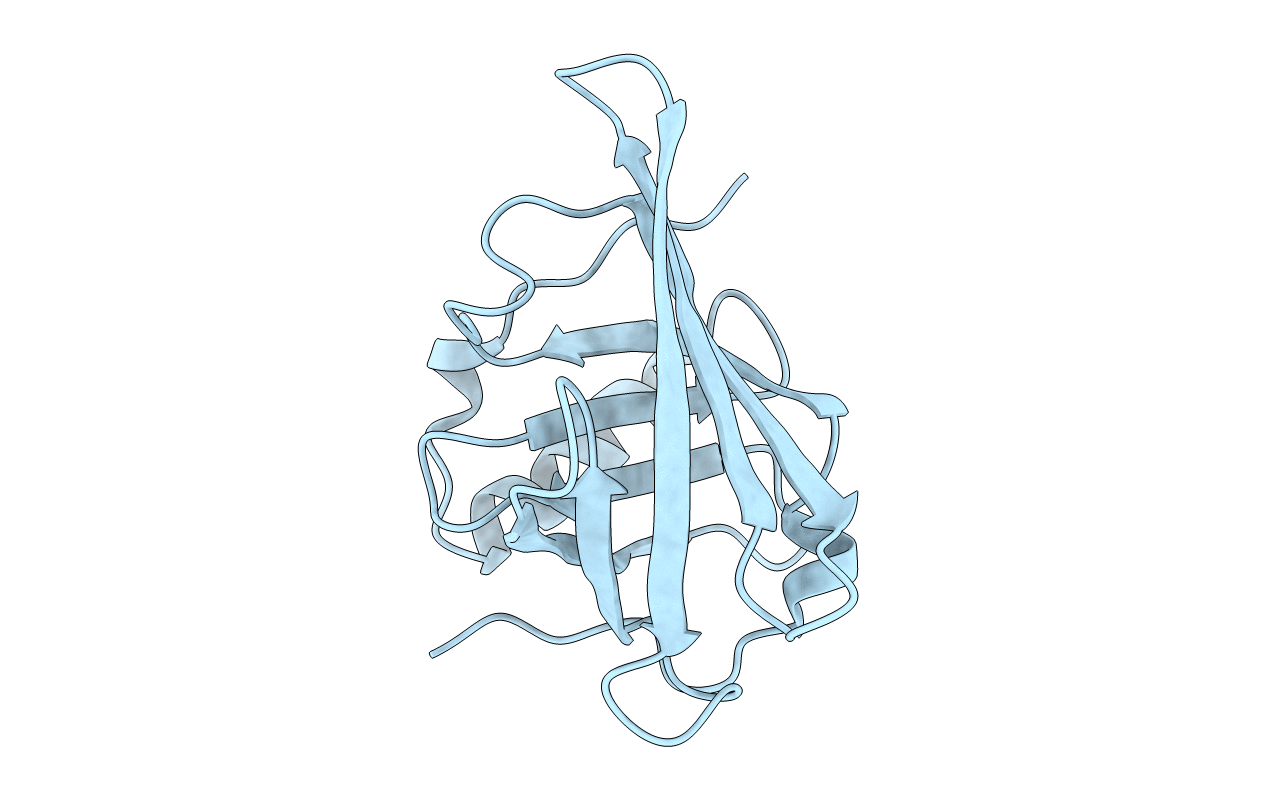
Deposition Date
2010-03-26
Release Date
2010-12-08
Last Version Date
2023-09-06
Method Details:
Experimental Method:
Resolution:
2.60 Å
R-Value Free:
0.27
R-Value Work:
0.22
R-Value Observed:
0.22
Space Group:
I 41 2 2


